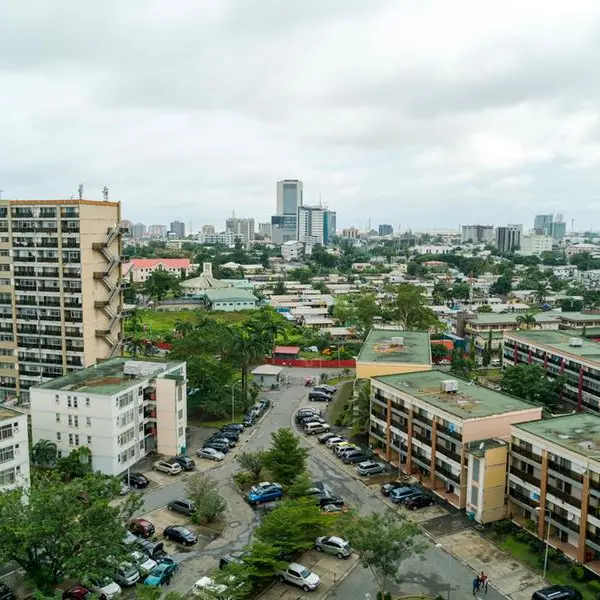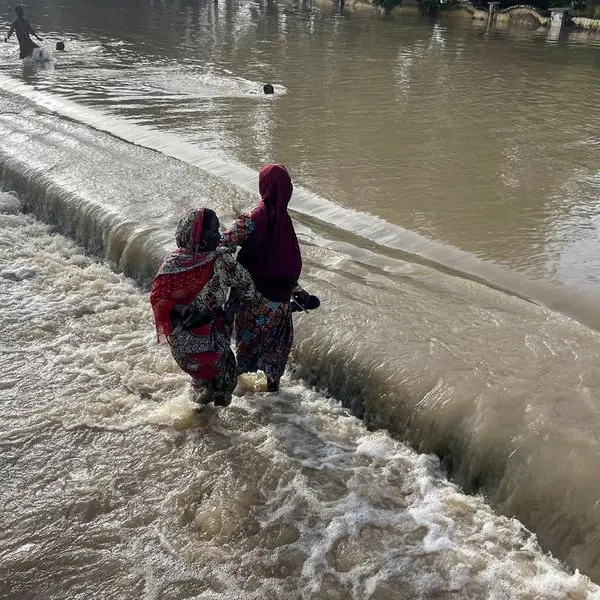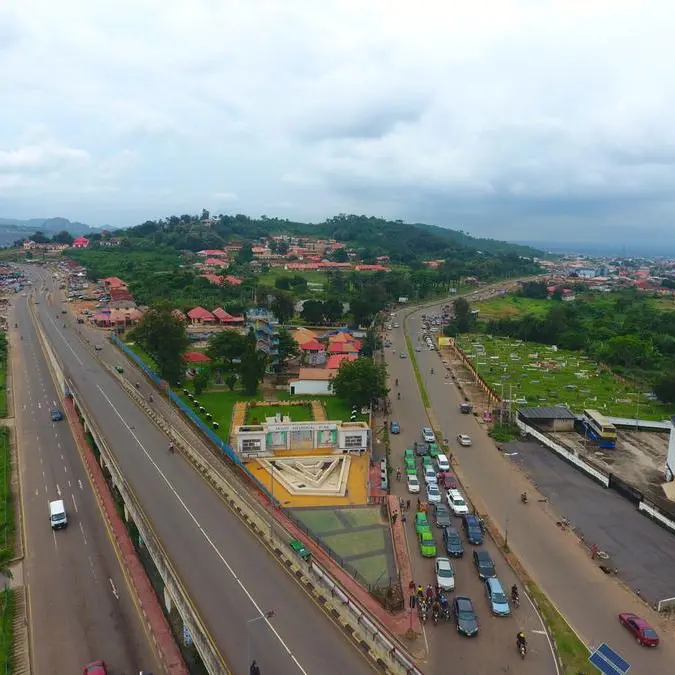PHOTO
Minister Solly Malatsi is making a shift in South Africa’s broadband landscape priority with revealing new policy directions to make broadband connectivity one of the country’s top empowerment goals.
Malatsi outlined the government’s plans to reduce regulatory barriers and increase investment in affordable broadband infrastructure as well as his intention to issue a policy direction to the Independent Communications Authority of South Africa (Icasa) to clarify the Department of Communications and Digital Technologies’ (DCDT) position on equity equivalent programmes for ICT companies operating in SA. “This is part of an initiative to significantly expand access to broadband connectivity to poor South Africans and people living in remote parts of the country,” said Malatsi.
Highlighting the economic potential of increased broadband penetration, he cited World Bank research showing that every 10% increase in broadband penetration results in 1.21% GDP growth in middle-income countries like South Africa.
“Broadband access makes it easier for people to start businesses, grow businesses, seek employment, work remotely, and market goods and services,” Malatsi added.
He believes that expanding broadband access to millions of South Africans would be one of the most impactful empowerment programmes ever undertaken by the government.
Looking to the skies
The new policy direction, according to Malatsi, is designed to lower regulatory hurdles for companies looking to invest in broadband, creating a more conducive environment for technologies such as Low Earth Orbit (LEO) satellite internet, which includes global players like Starlink.
This move could potentially reshape South Africa’s connectivity landscape, enabling companies offering LEO internet services to reach underserved and rural communities.
By facilitating the entry of LEO technologies, South Africa could see a major increase in internet access, even in the most remote areas.
“Policy clarity on the recognition of equity equivalence schemes has long been sought by players in the ICT industry,” he said.
“This will provide the certainty necessary to attract increased investment in ICT and accelerate universal internet access.”
A two-pronged approach
Malatsi’s strategy consists of two parts: first, reducing regulatory barriers to drive investment in affordable, reliable broadband, and second, lowering the cost of smart devices needed to access 4G and 5G data.
While his current focus is on the first objective, he noted that announcements on measures to address the affordability of smart devices will follow soon.
If successful, the DCDT’s initiatives could help close the digital divide and unlock significant economic growth for the country, making broadband access a powerful tool for socioeconomic development.
All rights reserved. © 2022. Bizcommunity.com Provided by SyndiGate Media Inc. (Syndigate.info).























